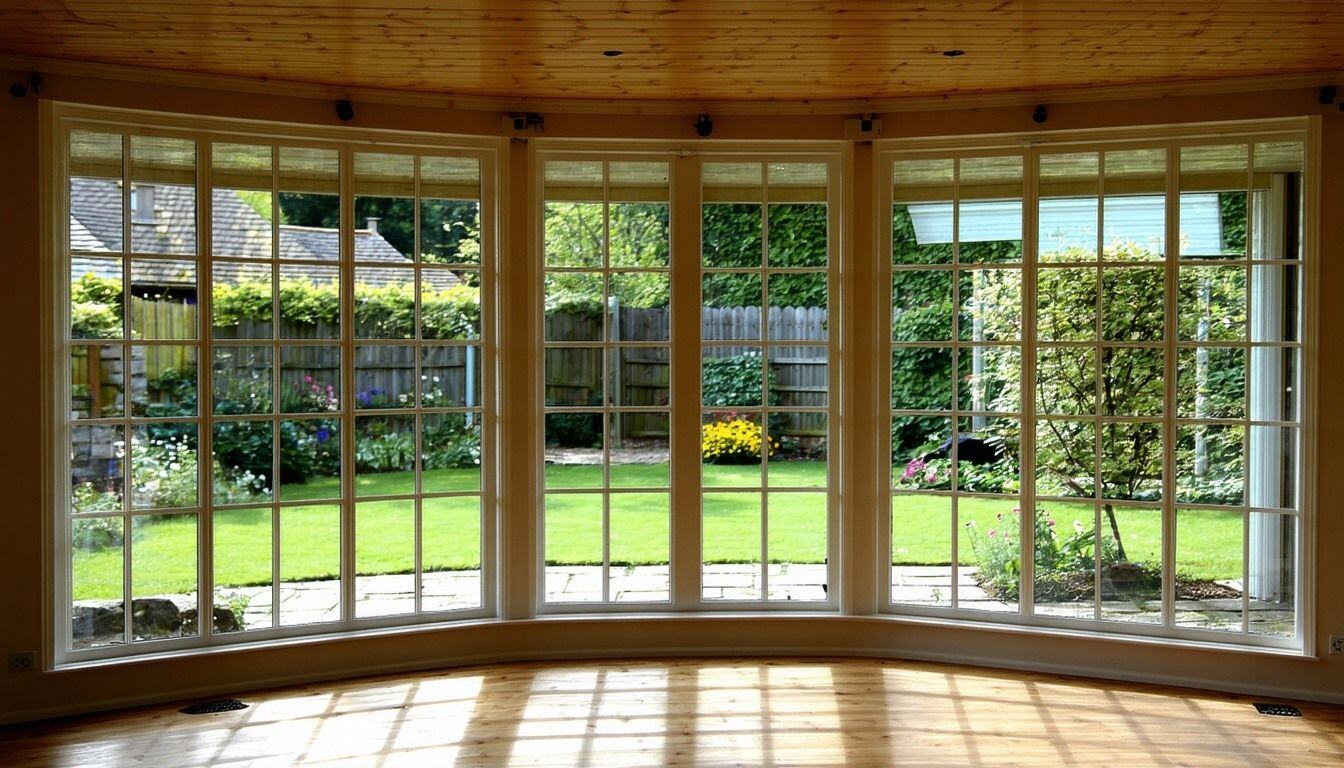Insulating a Three Season Room with Foam Insulation


Whether you call it a three season room, Florida room, or sunroom, you’re converting it and needs it to be comfortable.
Some people convert their three season rooms to make bedrooms, sitting rooms, or second living rooms. Any space you have in your home needs to be comfortable no matter what time of year it is, and the right kind of insulation installed properly can help.
RetroFoam of Michigan has helped thousands of homeowners make their homes more comfortable – even those converted sunrooms. We understand how foam insulation can work with energy efficient windows and a heating or cooling system to make this a comfortable room in your home.
In our continued efforts to educate homeowners, we will explain how foam insulation is installed in the floor and ceiling, as well as how to make sure the room is comfortable.
Insulating Sunroom Floor
Insulating the floor of your three season room or sunroom will depend on how you have the space set up.
In some cases, there is a small crawl space under the floor that is accessible from the basement or crawl space under the rest of the house. In this case, that small crawl space would be insulated by either spraying under the floor or spraying the foam onto the crawl space walls.
If the floor is just sitting on a slab, then, in that case, a foam contractor could use injection foam because it is a small cavity and there is no room for it to spread.
These installation methods come down to how the three season room is set up.
Insulating Sunroom Ceiling
There is some cutting required when insulating the ceiling of a three season room.
In most cases the ceiling is drywall or wood, so sections would be cut in the ceiling so the foam can be sprayed on the underside of the roof.
In other cases, like a drop ceiling, the tiles can be removed and the foam is sprayed on the roof deck.
Making Sure Your Three Season Room is Comfortable
Insulation on its own is great, but with your three season room, you’ll have to do a little more.
We covered the floor and the ceiling because those are your key points of defense from Mother Nature. Now it’s important not to forget the walls. In this case, the foam would be injected into the walls from the outside. This is done by removing a strip of siding and drilling holes into the stud cavities where the foam is then injected.
Once the job is done the siding is replaced and your home looks just like it did before the works started.
A big source of heat loss and air movement is going to be those large windows. In the conversion process, you should make sure that you are getting energy efficient windows that have multi-panes. You can’t enjoy that view if you’re feeling drafts come in.
Next up, make sure you run a register into the room. This way you can pipe in hot or cold air as you need it. The benefit of the spray foam is that it will create an air barrier so that your inside air stays in and the outside air keeps out. This will help your wallet out too as you won’t be paying a fortune because your air conditioner and furnace won’t be running all the time.
About Amanda Ringler
Amanda previously has worked as a breaking news and crime reporter, TV news producer, and editor in Flint and Detroit. Throughout her career as a journalist, she has won several awards from The Society of Professional Journalists - Detroit Chapter and the Michigan Press Association. As part of the RetroFoam of Michigan family, Amanda uses her experience as a journalist to write content that will help educate homeowners on the benefits of foam insulation. When Amanda isn’t writing, she’s spending time with her husband and rescued huskies. She also loves knitting, making art, cooking, and hosting dinner and a movie night for friends and family.

.jpg)
